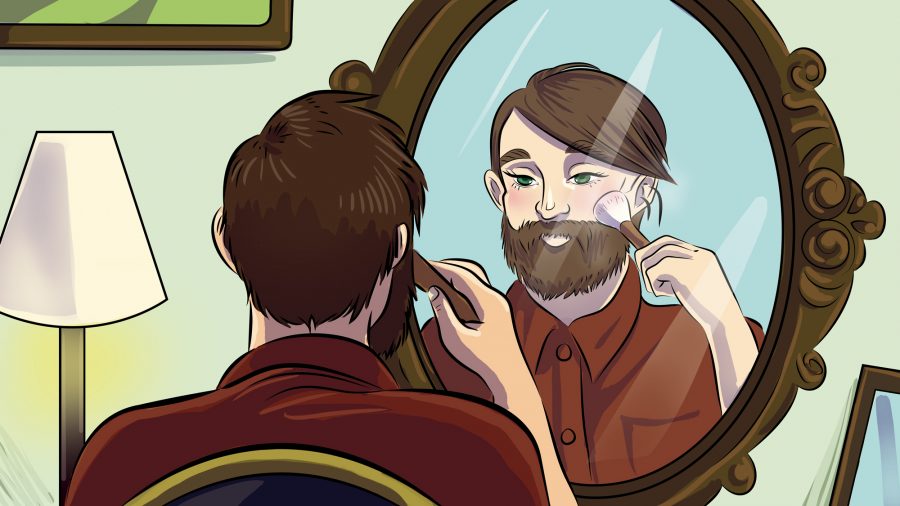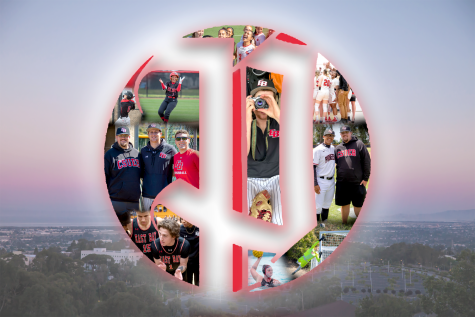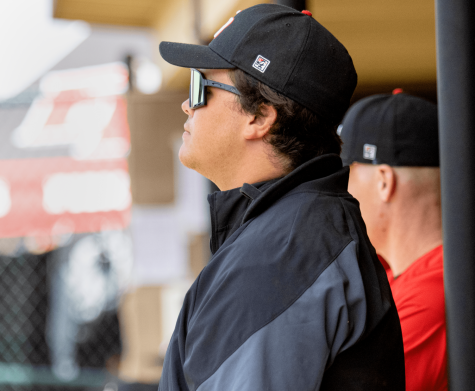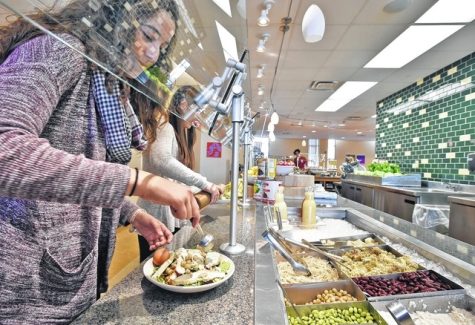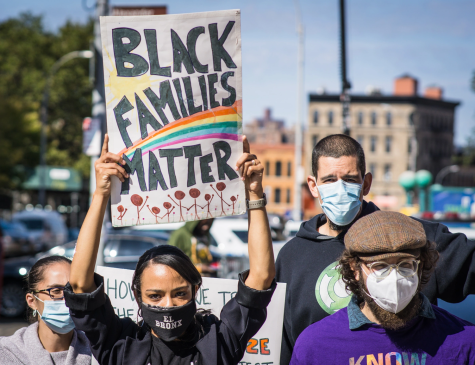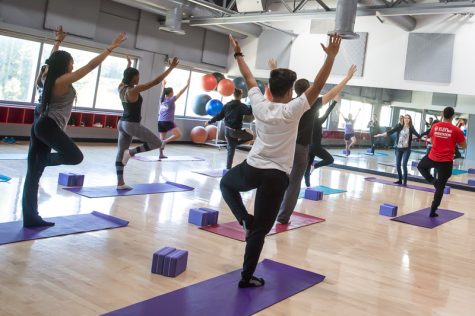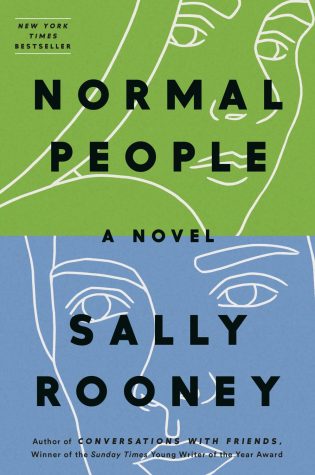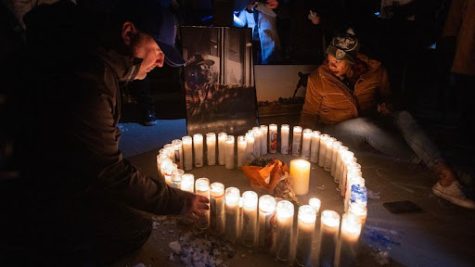Makeup has no gender
June 1, 2016
Since middle school, 22-year-old Benny Avalos, a Cal State East Bay student, has worn makeup as a form of self expression and identification. He wears makeup when he performs spoken word poetry, acts, dances, goes out with friends and whenever else he feels like it.
“It’s kind of a demonstration of your power,” said Avalos. “Human beings are the only [species] who can modify their appearance.”
While the beauty industry has traditionally pushed makeup as a feminine product, studies have shown that male cosmetic companies have been on the rise for the past decade and continue to grow every year. The male grooming industry is estimated to be worth around $21.4 billion dollars, according to Statista, an online statistics company.
Men’s skincare companies like KENMEN sell cosmetics specifically for men, such as color correction facial products, brow and beard fillers, and bronzers.
Makeup use among men and women can be interpreted as a form of self expression, identity and creativity. Television shows like RuPaul’s Drag Race, which has contestants compete for the title of “America’s Next Drag Superstar,” has made men’s makeup-use familiar to pop culture.
Men’s makeup as a mainstream product is increasingly used not to create an over-the-top drag style, but as a way to create sculpted brows, hide breakouts and correct uneven complexions.
“[Makeup] doesn’t even correlate with gender or sexuality because these are just chemicals that we put on our faces,” said Avalos.
Straight, transgender and queer males use cosmetics to enhance their features such as filling in their eyebrows or beards with powder, defining their eyelashes with mascara or dabbing on concealer to hide dark spots or dark under-eye circles.
“I don’t believe that transforming your beauty is limited to women,” said Bay Area makeup artist Alex Fletcher. Fletcher works for Sephora, a major beauty retailer, and has been a professional makeup artist for the past five years.
According to Fletcher, she applies makeup every day on men, regardless of sexual orientation. “Gay [males] and transgender women usually come in for full face makeup and ask just for recommendations or ways to help make them look more feminine,” said Fletcher. “Straight men [come in] pretty often usually for dark under-eye circles and blemishes.”
There has been a stigma that makeup is solely for feminine use for centuries, but now men consult with makeup artists or use makeup tutorials to achieve flawless-looking skin. As a result, men who wear makeup are most often viewed as feminine and not masculine.
“I think boys deserve just as much cosmetic recognition,” Southern California makeup artist Manny Gutierrez posted to his 1.8 million followers on Instagram. Gutierrez, 24, has more than 1.2 million male and female subscribers on YouTube, where he posts makeup tutorials, product reviews and beauty vlogs.
Just like a costume, male actors and performers wear makeup for acting roles, red carpet affairs and award events, regardless of their sexual orientation. Makeup gives actors and performers a way to alter the way they look for a role or performance, without expensive plastic surgeries
However, male makeup artists like Gutierrez often receive negative, derogatory comments on a daily basis — not because of the work they do but because of their gender.
Avalos has also faced discrimination and has been the target of hate crimes such as name-calling, physical harassment and violence; he admits that he has been shot.
“Men specifically, I believe, are afraid of the whole makeup aspect because it’s been so feminized that their fear comes from the [idea] that women are inferior,” said Avalos. “If you thought women were powerful and beautiful you wouldn’t be afraid to be confused or mistaken as that.”




